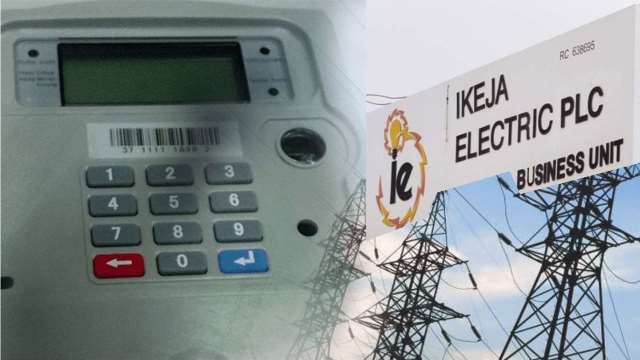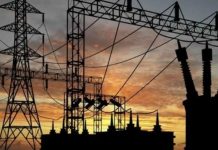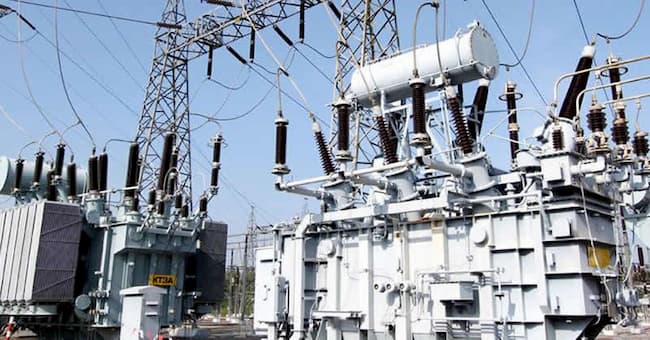Due to grid failure, Nigeria’s energy exports fell by $58.1 million in a single year, according to data from the Central Bank of Nigeria. The value of Nigeria’s electricity exports was $213.66 million in 2021 but just $155.56 million in 2022. As a result, crude oil export revenue has decreased by 27%.
It also indicates that during a two-year period, Nigeria earned $369.22 million by exporting its power. The managing director of TCN, Sule Abdulaziz, highlighted in August of last year that Nigeria has been exporting power, which offers a way to increase foreign cash for national development.
According to him, under a country-to-country agreement, Nigeria has been selling power to Niger, Benin, and Togo through TCN. However, Nigeria’s national grid frequently failed, which had extra negative effects.
Despite the Federal Government investing over N1.51 trillion in the industry since the current administration took office in 2015, Nigeria’s available power generating capacity decreased by 981.8 megawatts between 2015 and August 2022. During the previous president, Muhammadu Buhari’s presidency, the national grid went out 98 times.
The Association of Power Generation Companies, the governing body of electricity producers, provided a report on Power Generation Trend (2013 – August 2022), which was obtained in Abuja. The report showed that while available power generation capacity was 6,616.28MW in 2015, it had decreased to 5,634.47MW as of August of that year.
As operators and industry experts lamented the terrible situation of the sector after it was unbundled in November 2013, it was also learned that the overall power generation capacity loss for the industry between 2015 and August 2022 increased to N1.76 trillion.
Data from the study revealed that the amount of available generation in Nigeria was not spectacular, especially since 2021, although additional research of the document revealing that the capacity for available generation changed between 2015 and 2022.
It should be noted that the average generation used is not the same as the available generating capacity because the latter is consistently lower than the former.
The document’s statistics really showed that Nigeria’s average used generation over the study period varied between 3,600MW and 4,118MW, which were, of course, lower than the least available generation capacity of 5,634.47MW recorded between January and August 2021. The available generation capacities in 2015, 2016, 2017, and 2018 were 6,616.28MW, 7,039.96MW, 6,871.26MW, and 7,506.23MW, respectively.
For 2019, 2020, 2021, and 2022 (January – August), the available power generation capacities of electricity producers across the country were 7,381.67MW, 7,792.51MW, 6,336.52MW, and 5,634.47MW, respectively. On the annual capacity payment loss in the sector, the report indicated that in 2015, 2016, 2017, and 2018, the industry’s losses were N214.93bn, N273.32bn, N236.47bn and N264.08bn, respectively.
In 2019, 2020, 2021, and 2022 (January – August), the sector’s annual capacity payment losses were N256.97bn, N266.10bn, N159.86bn, and N88.13bn, respectively. The above figures, therefore, showed that despite the interventions by the Federal Government in the power sector, estimated at over N1.51tn, available generation capacity did not appreciate much, rather, it had been decreasing since 2021
The Federal Government, aside from its annual budgetary allocations to the Federal Ministry of Power, undertook a series of interventions in the power sector in a bid to revamp the industry. This, however, was despite the fact that the distribution and generation arms of the business were unbundled and officially sold to private investors in November 2013.
On September 30, 2014, the Federal Government announced a loan of N213bn to the privatised power firms. On March 1, 2017, the Federal Government approved the sum of N701bn as a power assurance guarantee fund for the Nigerian Bulk Electricity Trading Plc to pay for the electricity produced by the generation companies for the period of two years.
It provided the fund to tackle the monthly liquidity challenges faced by generation companies, following the inability of power distributors to adequately meet their obligations in terms of remittances to the sector. The government also provided the sector another N600bn payment assurance facility in 2019. The fund was secured from the Central Bank of Nigeria.
Aside from these direct interventions from the Federal Government, the sector has also received funding from international financiers such as the World Bank, and African Development Bank, among other development partners. Despite the interventions, the country’s power grid had recorded incessant partial and total collapses. There was a grid collapse on September 25, 2022, when power generation on the system crashed from over 3,700MW to as low as 38MW.
On July 20, 2022, Nigeria’s power grid saw the sixth collapse in 2022, while on June 13, The PUNCH reported a grid collapse. The nation’s power system collapsed twice in March and twice again in April this year. Power generation on the grid had continued to fluctuate due to various concerns such as gas constraints, water management challenges, and gas pipeline vandalism, among others.
Operators in the sector also confirmed that the funds invested in the past years were currently in an abysmal state, as the industry had failed to live up to expectations. They, however, stated that the Federal Government must provide functional leadership, enabling laws, among others, for the sector to be revived.
The Executive Secretary, Association of Power Generation Companies, Dr. Joy Ogaji, said, “The most important requirement to revive the Nigerian power sector, which despite the huge investment in the past years is currently in an abysmal state, is for the executive arm of the Federal Government to take functional leadership in amending the identified shortfalls in the implementation of regulations to build investor confidence.
“The key gaps include incomplete implementation of power sector reforms and regulations; a dearth of appropriate manpower in the sector; lack of laws to stem activities of energy thieves; and strong political leadership in exercising the Act.”














